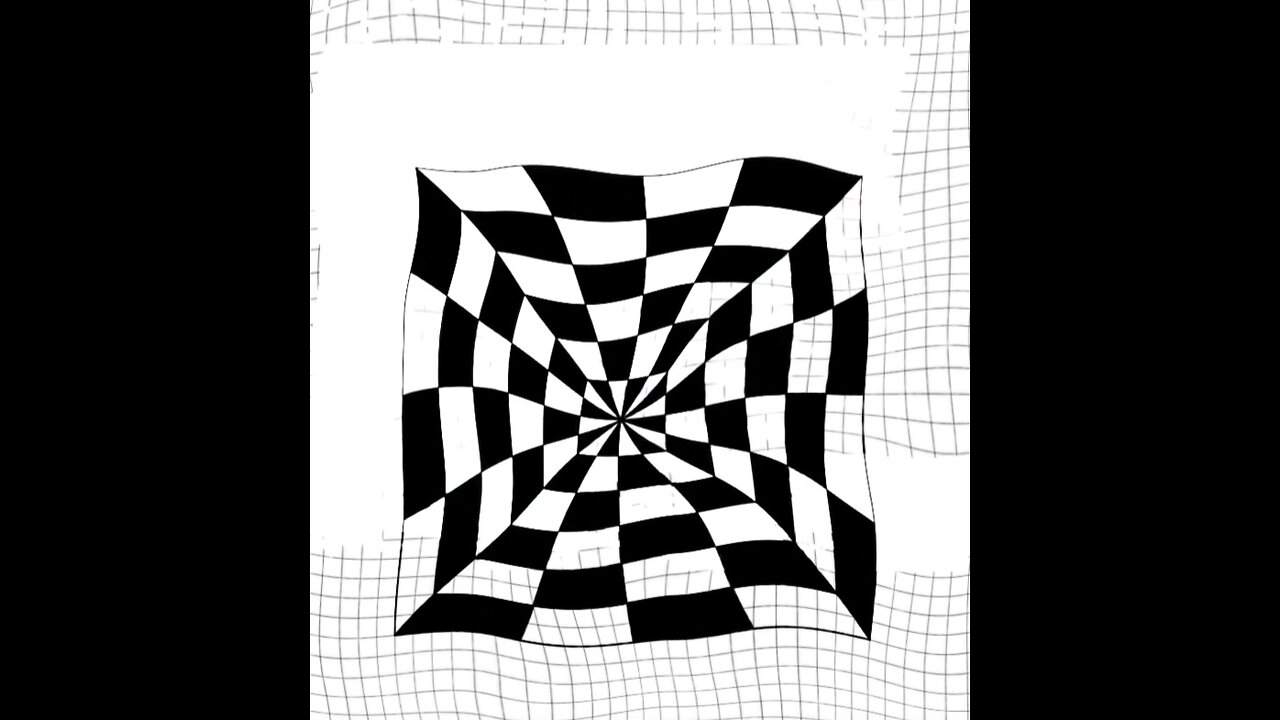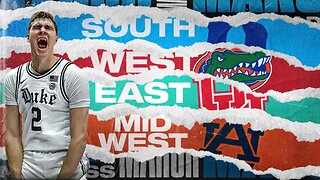Premium Only Content

Op art Design 3 and 4
The OP Art (abbreviation for "Optical Art") is an artistic style that emerged in the 1950s and became popular in the 1960s. It is characterized by using geometric patterns and shapes to create optical illusions and visual effects.
CHARACTERISTICS OF OP Art
OP Art is characterized by:
1. _ Geometric Patrones_: The use of geometric patterns, such as lines, circles, triangles and squares, to create visual compositions.
2. _ Optical pissions_: The creation of optical illusions, such as the perception of movement, depth or volume, through the use of patterns and shapes.
3. _ visual effects_: the creation of visual effects, such as vibration, pulsation or distortion, through the use of colors, textures and patterns.
4. _Minimalismo_: Simplicity and clarity in composition, with an approach to the form and pattern instead of figurative representation.
Open art artists
Some of OP Art's most prominent artists include:
1. _ Victor VASARELY_: Considered the father of OP Art, Vasarely was a Hungarian-French artist who created works that explored the relationship between shape, color and perception.
2. _bridget Riley_: A British artist who created works that used geometric patterns to create optical illusions and visual effects.
3. _Jesus Rafael Soto_: A Venezuelan artist who created works that used geometric patterns and industrial materials to create optical illusions and visual effects.
Influence of op art
OP Art has had a significant influence on visual culture and contemporary art. He has inspired artists, designers and architects to experiment with patterns, shapes and colors to create innovative visual effects.
Examples of op art in popular culture
The OP Art has appeared in various ways in popular culture, including:
1. _Moda_: Geometric patterns and optical illusions of OP Art have been used in fashion to create innovative and visual designs.
2. _Publicity_: The OP Art has been used in advertising to create visual and attractive ads.
3. _Arquitectura_: The OP Art has influenced architecture, with buildings and structures that use geometric patterns and innovative ways to create visual effects.
-

BonginoReport
4 hours agoConservatism, Faith, and the Future of MAGA with Vince Coglianese-Early Edition (Ep.168)-03/26/2025
46.7K44 -
 LIVE
LIVE
TheDigitalChamber
3 days agoDC Blockchain Summit 2025 - Livestream
1,219 watching -
 LIVE
LIVE
Dear America
9 hours agoTrump Signs HISTORIC Executive Orders! + Russia Hoax Documents To Be Declassified!
3,807 watching -
 LIVE
LIVE
Wendy Bell Radio
5 hours agoNothing To Sell But Hate
8,569 watching -
 1:24:30
1:24:30
JULIE GREEN MINISTRIES
3 hours agoLIVE WITH JULIE
88.9K131 -
 1:17:38
1:17:38
Game On!
16 hours ago $2.31 earned2025 Sweet 16: Chalk or are UPSETS brewing?
26.8K -
 LIVE
LIVE
Jeff Ahern
1 hour agoNever Woke Wednesday with Jeff Ahern
218 watching -
 6:00
6:00
Melonie Mac
16 hours agoRippaverse Yaira Statue Unboxing!
34.5K29 -
 23:51
23:51
Shea Whitney
1 day ago $3.23 earned30 *INSANE* Amazon SPRING PRIME DAY Deals 2025!
29.3K7 -
 11:36
11:36
NinjaGamblers
22 hours ago $2.38 earnedBest Way to Win Big on Roulette with Bonus Multipliers: the Turbo Method
37.2K3